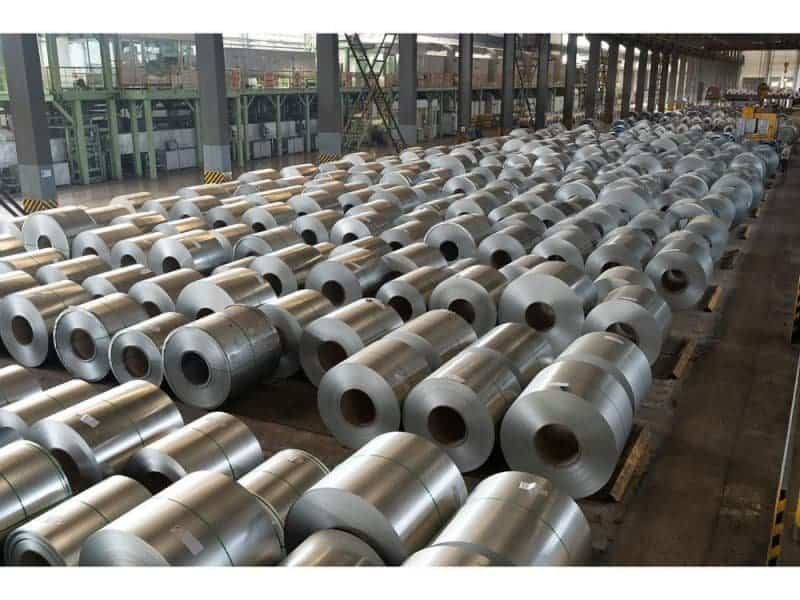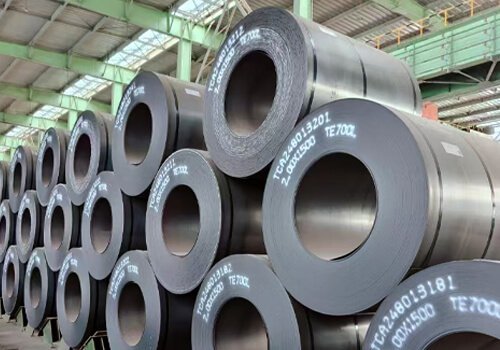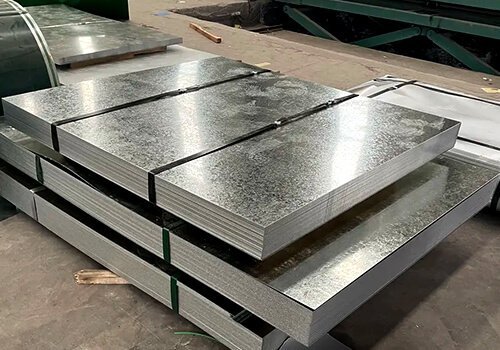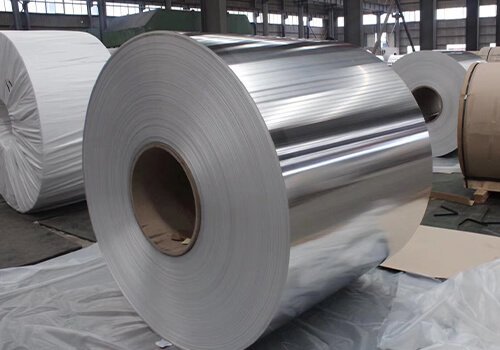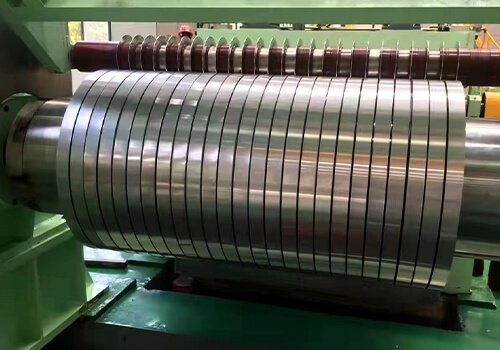Struggling to find the correct material for your project? What are the common galvanized steel coil uses across industries? Galvanized steel coil is often overlooked, yet its adaptability addresses both cost and durability issues for modern industries.
Galvanized steel coils are widely used in industries such as construction, automotivo, AVAC, and appliances due to their rust resistance, relação custo-benefício, e durabilidade. They are ideal for roofing, painéis de parede, ductwork, body parts, and structural framing.
Let’s look at why galvanized steel is still the material of choice across sectors and worldwide marketplaces.
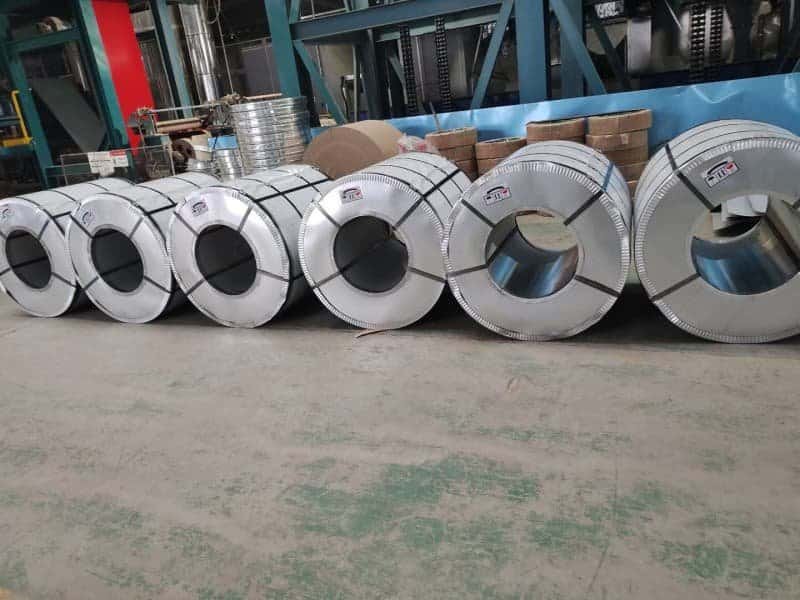
What Can Galvanised Steel Be Used For?
Galvanized steel has become a popular material in a wide range of sectors, thanks to its exceptional corrosion resistance and mechanical strength. The zinc coating protects against moisture, air pollution, and other corrosive factors.
It is often utilized in bridges, gates, balconies, façades, fences, stairs, and sculptures. Builders in coastal or industrial areas favor hot dip galvanized steel for its long-term performance.
Galvanized square steel is frequently utilized for guardrails and urban safety infrastructure across Latin America, particularly in Brazil and Chile. The steel’s strong characteristics enable it to withstand weather extremes ranging from heavy rains to searing heat. Because of its minimal maintenance needs, galvanized iron is frequently used as a procurement standard for outdoor projects by government agencies and public tenders.

What Are Steel Coils Even Used For?
Steel coils are simply long strips of steel rolled into a coil shape. These are employed in a variety of applications, including heavy machinery and ordinary building components. When coated, they become galvanized steel coils, delivering better protection and extended service life.
Wall paneling, roofing systems, garage doors, culverts, shelves, and structural components are some of the applications for which they are used. They are frequently tailored to meet specific architectural or engineering specifications.
In Southeast Asian nations such as Vietnam, Thailand, and Indonesia, galvanized steel coil uses have grown beyond roofing and siding. They are being used in the manufacture of solar panel structures, energy-efficient buildings, and even greenhouses. Their ease of welding and recycling help to achieve sustainable development goals.
Another emerging trend is the use of tubo de aço galvanizado in subterranean water supply systems and air ducts; its strength assures safety, and the zinc coating prevents internal corrosion, lowering the danger of contamination in drinking water applications.
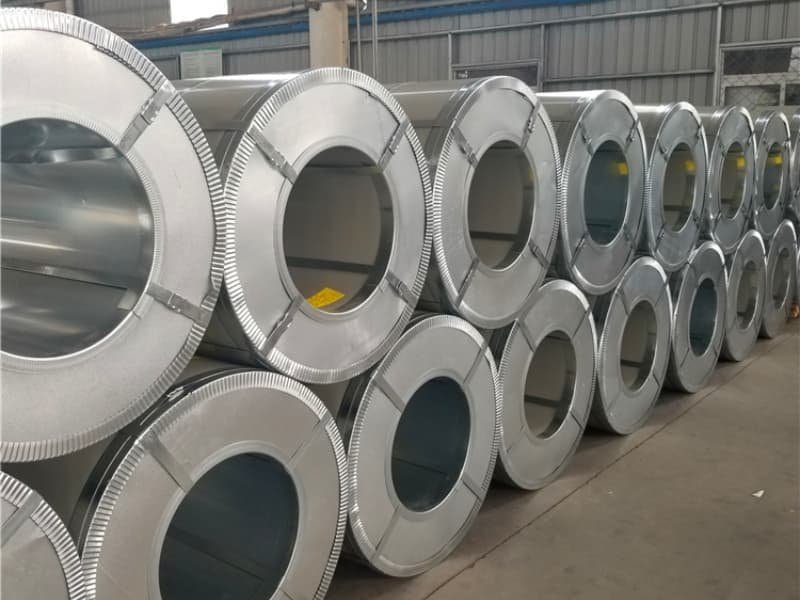
Where Do You Use Steel Coil?
Steel coil has a surprising variety of applications, ranging from food-grade conditions to high-speed rail projects. It is one of the few materials that achieves a balance of strength, weight, custo, and workability.
Galvanized steel coils are widely utilized in logistics infrastructure, including shipping containers, trailers, and railcar frames. They can be found in solar panel frames, substation housing, and cable trays.
In the food and beverage industry, galvanized coil is used to wrap cold storage units, assuring sanitation and resistance to mildew and rust. Por exemplo, Peru’s agriculture industry likes this material for fruit shipping and processing because of its hygienic finish. Before ordering, project managers should constantly evaluate the galvanized steel coil requirements, which include thickness, coating weight, and tensile strength. This assures compliance with local rules, environmental circumstances, and load-bearing specifications.
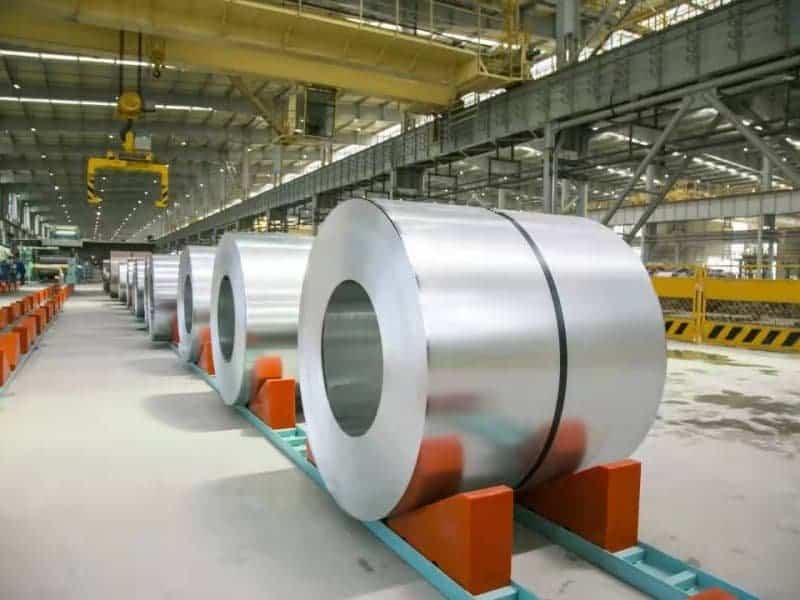
What Is Electro Galvanized Used For?
Compared to hot dip galvanized goods, electro galvanized steel has a more polished, uniform coating obtained using an electrochemical process. This makes it ideal for interior applications or components where aesthetics are crucial. Common uses include computer casings, air conditioning units, file cabinets, television chassis, and car interiors.
Although the zinc coating in electro Aço galvanizado is thinner, it nevertheless provides considerable protection in dry, interior environments. It is also more suited for painting or post-processing due to its smoother surface. Buyers who purchase these products from galvanized steel coil suppliers should indicate whether they require hot-dip or electro-galvanized treatments based on their eventual application.
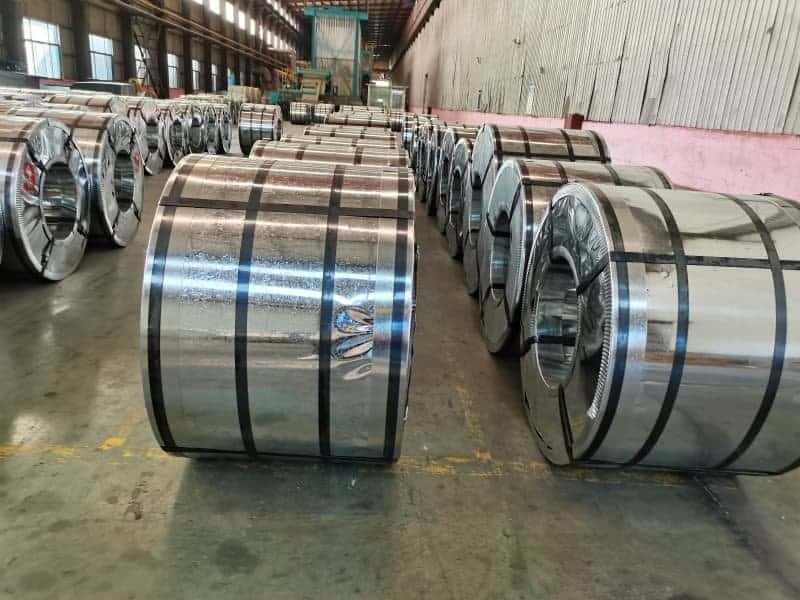
What Are The Disadvantages Of Galvanized Steel?
While Aço galvanizado has many advantages, it is not without restrictions. Primeiro, the zinc coating may interfere with paint or adhesives, making it unsuitable for applications that need particularly smooth or bare-metal surfaces.
Second, galvanized material costs more than plain carbon steel. No entanto, this is frequently mitigated by its extended lifespan and fewer maintenance requirements.
Health and safety problems may also arise. Galvanized iron can emit poisonous zinc fumes if heated too much. When stored in enclosed or humid circumstances, “white rust” can grow on the surface if not managed correctly. Alternative surface treatments may be more suitable for precise jobs such as laser cutting or electronics housing. Engineers must consider functionality, affordability, and safety when selecting galvanized coil for sensitive applications.
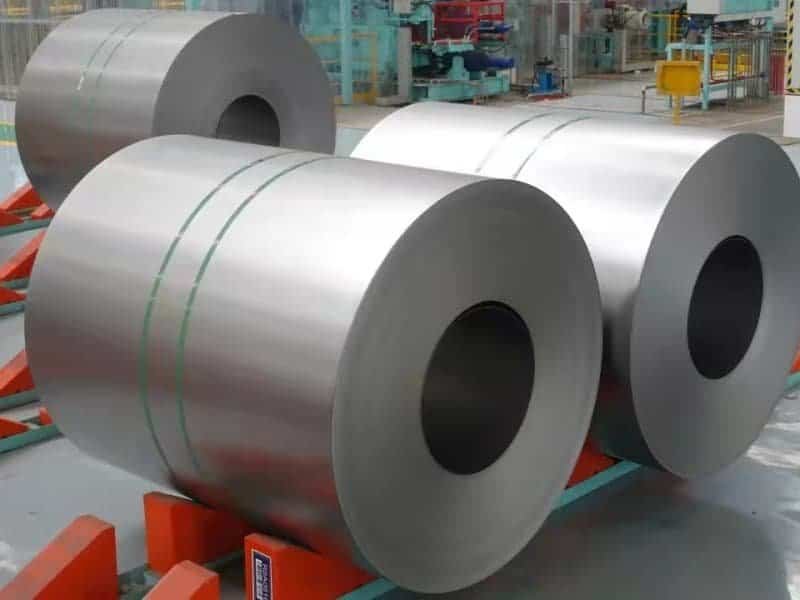
Why Can’t You Heat Galvanized Steel?
Heating galvanized steel over its critical temperature threshold can endanger your health and jeopardize the material’s integrity. When the zinc layer burns at roughly 392°F (200°C), it produces zinc oxide gas, which is hazardous if breathed. Metal fume fever, a short-lived but severe sickness that resembles flu symptoms, can result from prolonged exposure.
This is particularly harmful in confined places or inadequately ventilated workshops. Welders and metalworkers must be instructed to avoid heating galvanized surfaces without prior pretreatment. If heating is required, it is important to remove the coating beforehand or to use fume extraction equipment. Companies must incorporate these procedures into their safety processes while cutting or bending galvanized steel coil.
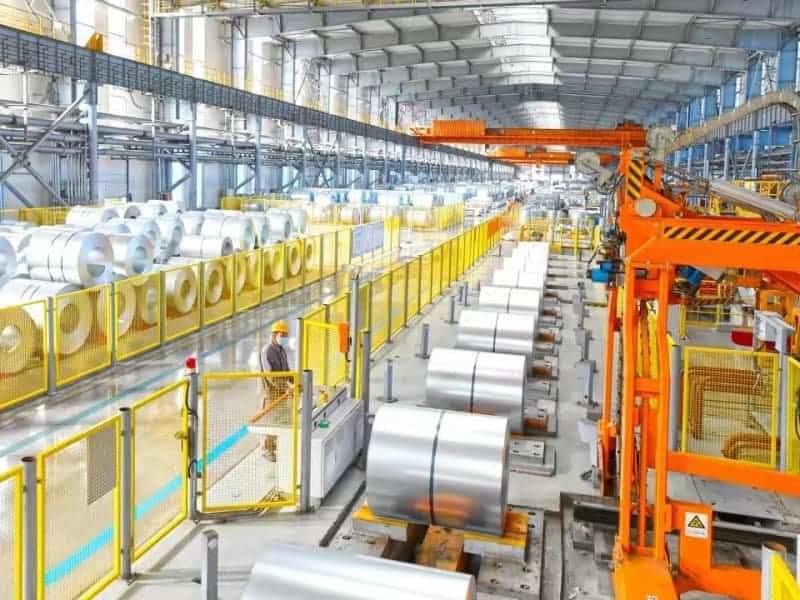
Can I Weld Galvanized Steel?
Galvanized steel may be welded, although it takes more preparation and attention than ordinary steel. The zinc layer produces fumes and interferes with the welding arc. To guarantee safety and quality, workers must first scrape off the coating at the weld region. Proper ventilation systems and personal protection equipment (PPE) such as respirators are required.
MIG (Metal Inert Gas) and TIG (Tungsten Inert Gas) welding procedures are favored for Bobina galvanizada because they provide more control and cleaner welds. To restore corrosion resistance, apply zinc-rich paint or galvanic spray after welding. Welding incorrectly prepared galvanized steel pipe or coil can result in weak joints and reduced performance. That is why training and attention to safety regulations are essential.
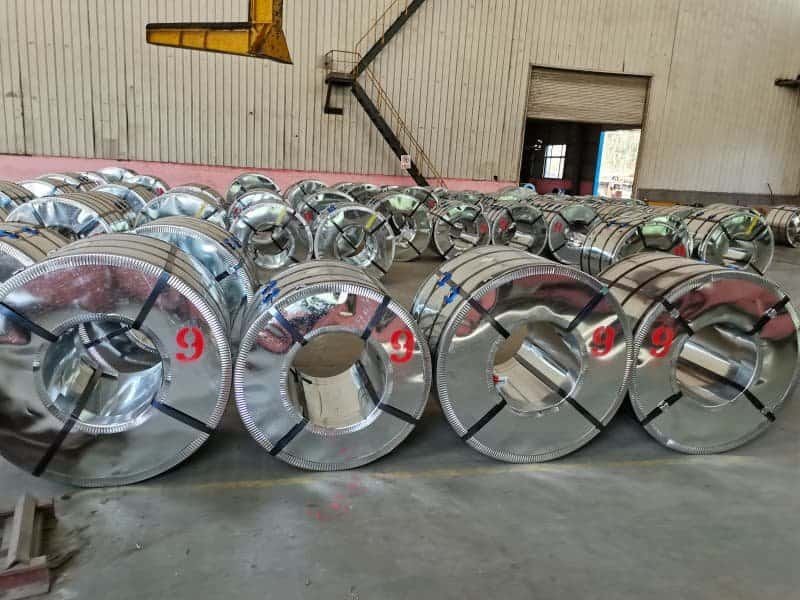
What Affects Galvanized Steel Coil Price Across Regions?
Prices for galvanized steel coils vary by market due to a range of economic and logistical variables. These include raw material costs, zinc prices, labor, transportation, and trade tariffs.
China, being the world’s largest exporter of galvanized steel, benefits from economies of scale, which leads to reduced prices. Buyers in Argentina, Mexico, and Saudi Arabia frequently purchase from China for cost reductions. No entanto, it is critical to consider shipping expenses, currency changes, and import tariffs.
Bulk purchase frequently offers for better bargaining with galvanized steel coil suppliers, particularly if consistent long-term orders are undertaken. To minimize hidden expenses, purchasers should examine all technical specifications such as coating weight (Z120-Z275), yield strength, and packing type.
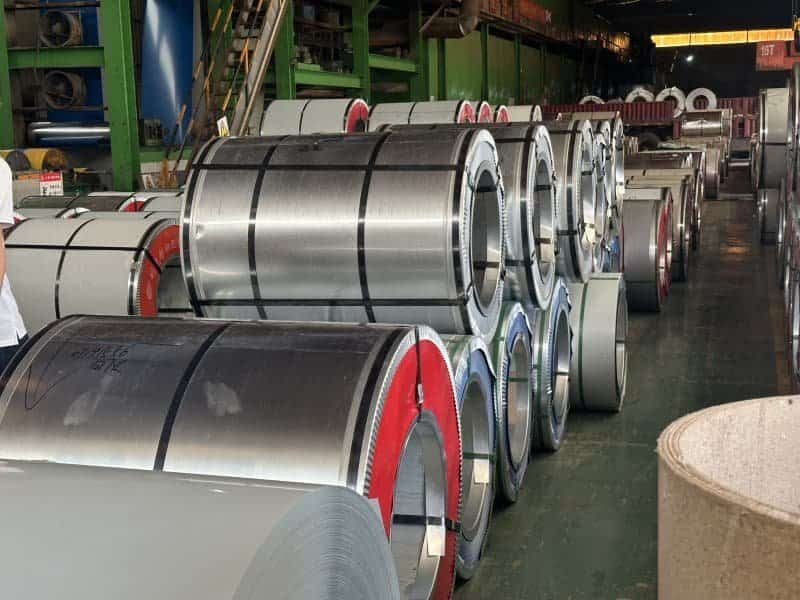
How To Choose Galvanized Steel Coil Suppliers?
Selecting reputable galvanized steel coil suppliers is critical for ensuring project timeliness, quality, and compliance.
Begin by seeking company licenses, certificates (ISO 9001, GV), and mill test results (CTM). Look for firms with automated manufacturing lines, integrated galvanized steel coil process systems, and export history.
For international buyers, be sure to confirm the galvanized steel coil HS code used for customs clearance in the destination country. Misclassification can lead to fines, clearance delays, or cargo seizures.
Resumo
Galvanized steel coil provides unparalleled durability and value—understanding its uses, limits, and sourcing strategy leads to increased efficiency and worldwide project success.

